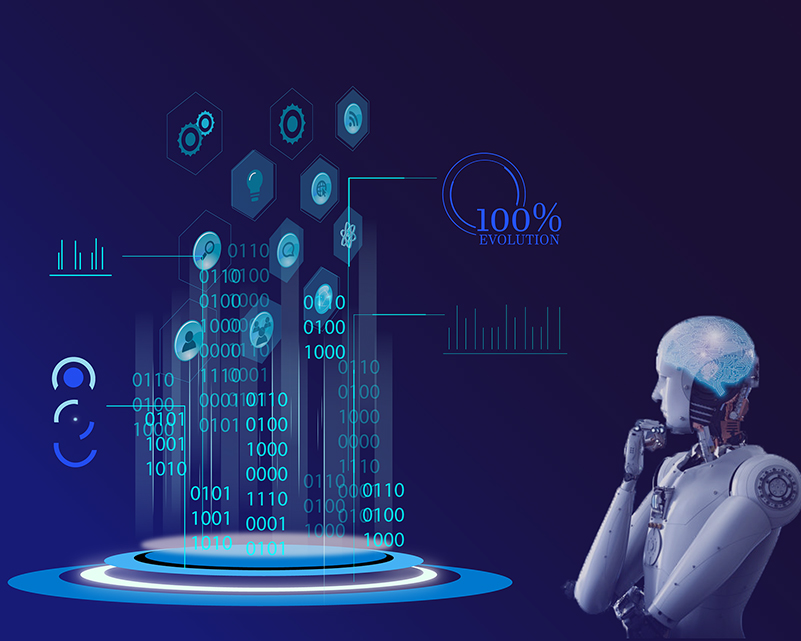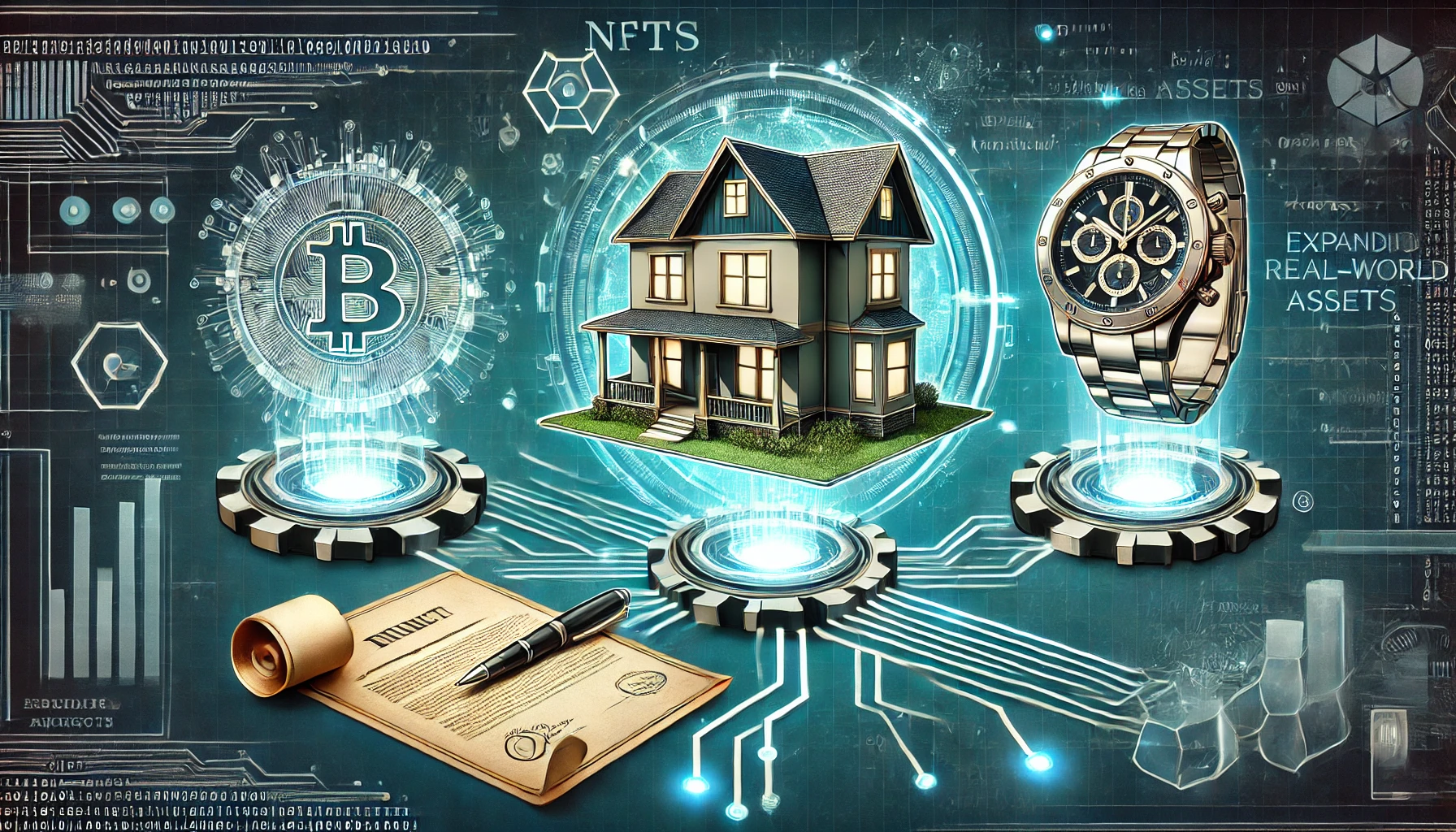Introduction: Unlocking Blockchain Interoperability
As blockchain technology continues to advance, new systems are emerging to tackle challenges like scalability, interoperability, and trust. One groundbreaking concept is a Trustless Omni Distributed Ledger with a Global State View of All Blockchains. This vision represents a significant leap in blockchain interactions, offering a unified, decentralized infrastructure that could revolutionize how we perceive and utilize blockchain technology.
In this article, we’ll break down the components of this innovative concept, explain how it works, and explore its potential to reshape the blockchain ecosystem.
1. What is Trustlessness in Blockchain? Removing Centralized Authority
Trustlessness is a core principle of blockchain technology, allowing participants in a network to operate without depending on a central authority or intermediary. In traditional systems, institutions like banks, governments, or corporations are trusted to verify and validate transactions. However, in a trustless blockchain environment, trust is placed in cryptographic algorithms and decentralized consensus mechanisms that secure the network.
This shift towards trustless systems eliminates the need for third parties, boosting security and privacy while minimizing the risks of centralized failures or corruption. Every transaction is independently verified by network participants (nodes) using mathematical proofs and consensus protocols such as Proof of Work (PoW), Proof of Stake (PoS), or newer mechanisms like Proof of Authority (PoA).
In a Trustless Omni Distributed Ledger, this trustless architecture spans across multiple blockchain networks. It ensures that no single participant or intermediary can manipulate or control the ledger, making it truly decentralized and secure on a global level.
2. The Omni Distributed Ledger: Unifying Multiple Blockchains for Seamless Interaction
The term Omni suggests a comprehensive, all-encompassing system. An Omni Distributed Ledger in blockchain refers to a ledger that spans multiple independent blockchains, integrating them into a unified network. Currently, most blockchains operate in silos—Bitcoin, Ethereum, Polkadot, Solana, and others function independently, limiting their ability to interact with each other.
An Omni Distributed Ledger would:
- Connect disparate blockchains, enabling them to share information, transactions, and assets without centralized exchanges or bridges.
- Operate as a distributed system where data and transactions are stored and validated across decentralized nodes, ensuring robustness and fault tolerance.
- Enable seamless interaction between blockchains while preserving each blockchain’s unique characteristics and consensus mechanisms.
By bridging isolated blockchains, the Omni Distributed Ledger lays the foundation for a truly interoperable blockchain universe, allowing users to interact with multiple blockchains simultaneously without switching networks or relying on third-party services for cross-chain transactions.
3. Global State View: A Real-Time Snapshot of All Blockchains
A Global State View provides a real-time overview of all connected blockchains. In blockchain terminology, the staterefers to the current status of the network at any given moment, including data like balances, transactions, and smart contract executions.
With a Global State View:
- Users can view the status of all assets, accounts, and contracts across all blockchains integrated into the Omni Distributed Ledger.
- Cross-chain transactions and activities can be monitored and verified from a single access point.
- The system provides a transparent, decentralized view of blockchain activities, eliminating the need for intermediaries or centralized data aggregators.
This global visibility enhances transparency and unlocks new use cases. For example, decentralized finance (DeFi)applications could operate across multiple blockchains, allowing users to lend, borrow, or trade assets from different networks without switching chains. Similarly, supply chain management systems could track goods across blockchain networks in real-time, ensuring end-to-end traceability and authenticity.
4. Achieving Interoperability Across All Blockchains
The phrase All Blockchains implies that the Omni Distributed Ledger aims to integrate as many blockchains as possible—public and private alike—to support a wide variety of use cases, from finance and supply chain to healthcare and governance.
Achieving interoperability between all blockchains is a challenging but vital goal. Currently, most blockchains operate as isolated ecosystems, each with its own protocols, token standards, and consensus mechanisms. Projects like Polkadot, Cosmos, and Chainlink are making strides in cross-chain solutions, but a fully integrated system enabling seamless interaction between blockchains is still missing.
The vision of a Trustless Omni Distributed Ledger with a Global State View would solve this by:
- Allowing smart contracts on one blockchain to trigger actions on another.
- Enabling token transfers between chains without centralized exchanges or wrapped assets.
- Creating a single network where users, developers, and enterprises can interact with any blockchain, regardless of its underlying technology.
Cross-chain interoperability would open up new opportunities for decentralized applications (dApps), DeFi, and enterprise blockchain solutions. It would also reduce ecosystem fragmentation, simplifying blockchain adoption for developers and users alike.
5. Real-World Applications and Implications of Blockchain Interoperability
The development of a Trustless Omni Distributed Ledger with a Global State View would have far-reaching implications across industries:
- Decentralized Finance (DeFi): Users could move assets seamlessly across blockchains, trade tokens from different ecosystems, and interact with cross-chain liquidity pools—all while maintaining security and decentralization.
- Global Supply Chain Management: Enterprises could track goods and services across blockchain networks, ensuring transparency, authenticity, and efficiency in global trade.
- Cross-Border Payments: A unified, trustless ledger would facilitate asset transfers across different blockchain systems, streamlining remittances and reducing transaction fees.
- Digital Identity and Governance: Users could maintain consistent digital identities across multiple blockchains, accessing services or verifying information without duplicating efforts on different platforms.
- Gaming and NFTs: Digital assets like NFTs could be traded or transferred across blockchains, allowing gamers to use assets in multiple virtual worlds without barriers.
Conclusion: The Future of Blockchain Interoperability
The concept of a Trustless Omni Distributed Ledger with a Global State View of All Blockchains is an ambitious yet transformative vision for the future of blockchain. By creating a unified, decentralized infrastructure that spans multiple blockchains and provides real-time visibility into their states, this system could address the current limitations of blockchain interoperability and scalability.
Trustlessness ensures security, while the omni ledger and global state view offer unprecedented transparency and efficiency. As blockchain adoption grows and the demand for cross-chain solutions increases, this vision could become a reality, revolutionizing how industries and individuals interact with blockchain technology on a global scale.
The future of blockchain may lie in this interconnected, interoperable ecosystem, where multiple blockchains operate in harmony to unlock the full potential of decentralized technologies.




